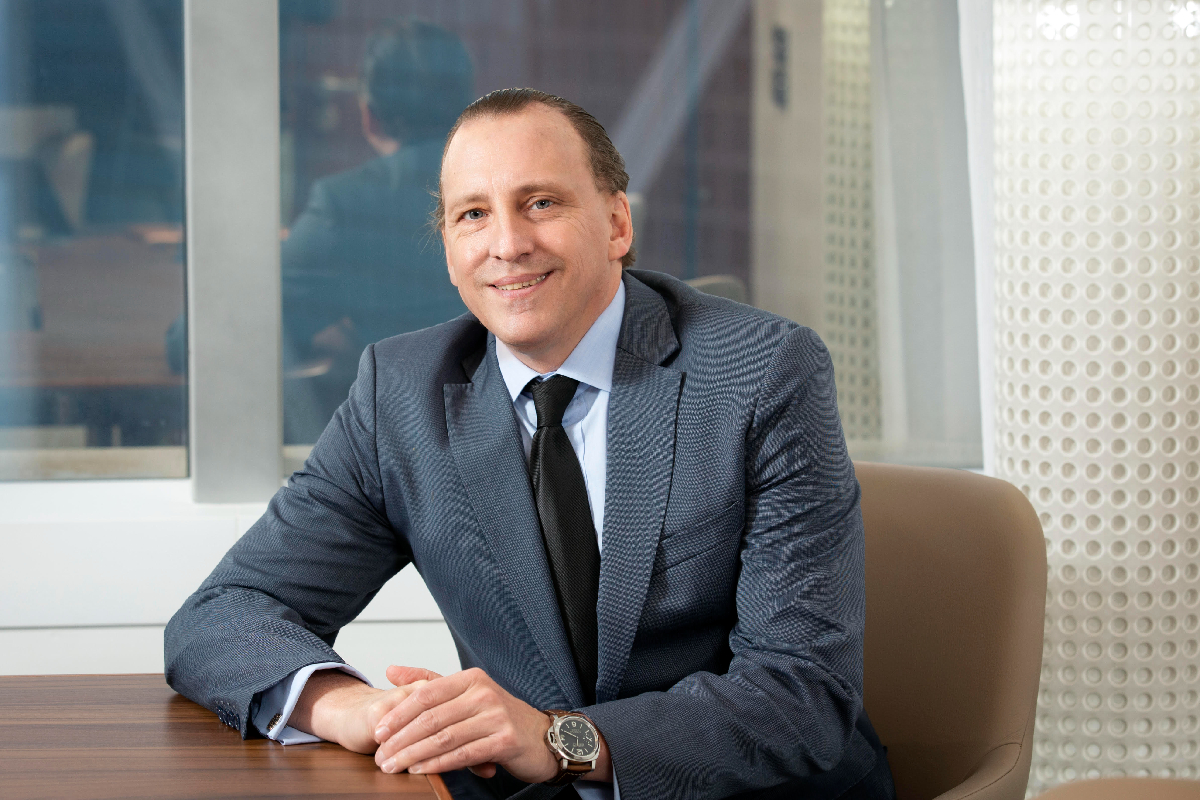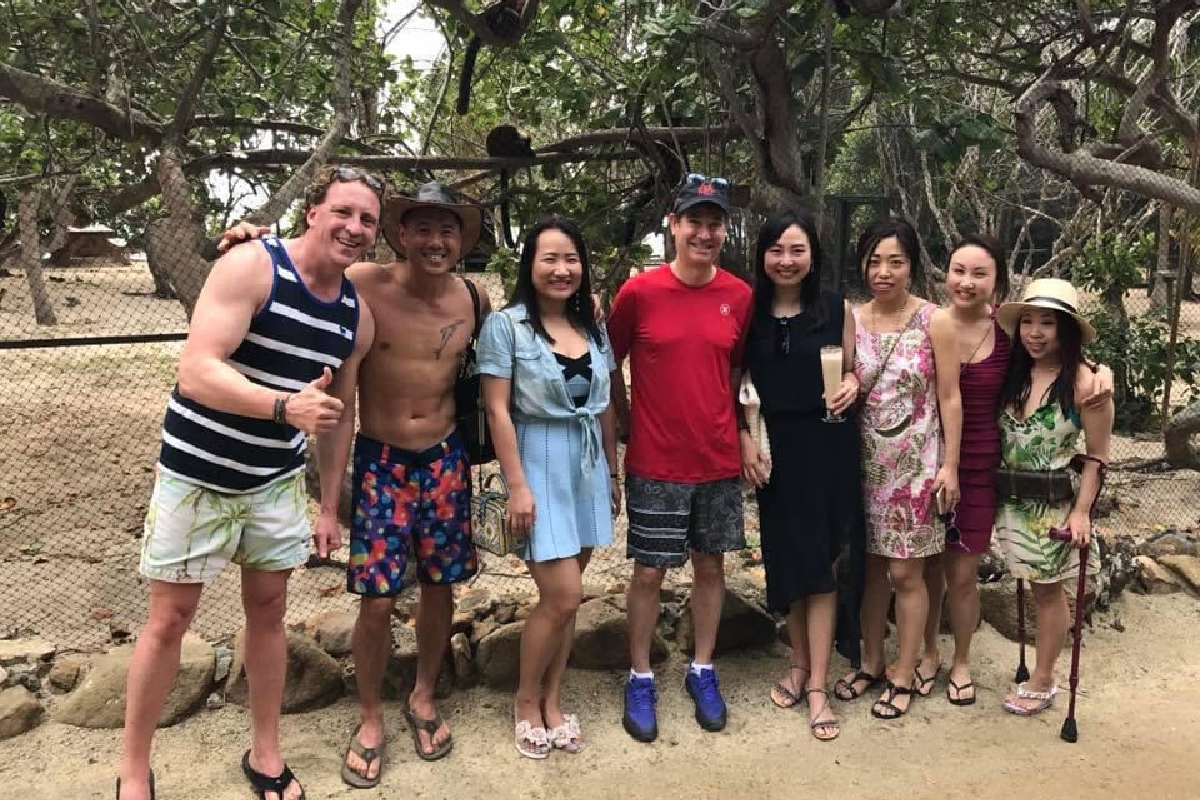One of the most difficult decisions is to act; the rest is mere tenacity – and it has the capacity to evoke organisational entrepreneurial spirit. For Terrance Philips, Asia Head of Private Equity Client Coverage at Citi Private Bank in Hong Kong, his transition into private equity and venture capital began more than 20 years ago.

“It all started with an introduction to Carol Rudgers and Julie Schneider, who were legends at Silicon Valley Bank in providing banking services to the venture capital space,” he tells The CEO Magazine of his previous role. “That introduction turned into the longest interview I had ever experienced, with the role being fairly simple – to provide treasury services to venture capital firms.”
As a subset of private equity, venture capital is best defined as a segment of funding commonly provided to emerging companies and entrepreneurs. It has evolved from a niche genre into an industry that rewards exponential growth and innovation.
“In the early days, the heart of venture capital was best represented by a row of two-storey buildings on Sand Hill Road in Menlo Park, California,” Terrance explains. “If you were lucky, you could get cell phone coverage driving to a client meeting. Everything was centred there, in Silicon Valley.
“At the time there were early pioneers in Japan, Taiwan and Korea chasing the consumer electronics and semiconductor activity moving to Asia. But these efforts were overlooked by most people in the Valley. Contrast that with today, private equity and venture capital is truly a global industry and what I consider to be a massive and unbridled export of the US.”
As a subsidiary of the wider Citigroup network, Citi Private Bank’s core activities are safeguarding assets, lending, transactional operations, and accessing capital markets on behalf of its clients, valuing “legal, compliance, client service, global markets and corporate investment all the same”, according to Terrance.
“We go to the symphony to hear the whole orchestra,” he explains. “Remove the triangle, double bass or oboe and you’re not getting a symphony – all parts are equal in delivering results, even if some groups get the glory to own the numbers.”
“Private equity and venture capital are crown jewel clients and their portfolio companies serve as an extension of the firm.” – Terrance Philips
The organisation’s network spans 162 countries and includes a physical presence in 96 markets, making it the largest of any bank, meaning that private equity and venture capitals are a growing and vital piece to a much larger industry puzzle.
“Find the intersection or secret sauce and everything else becomes pedestrian,” Terrance asserts. “The opportunity is simply to make the supertanker – the bank – turn faster in service of what most banks haven’t figured out: private equity and venture capital firms are crown jewel clients and their portfolio companies serve as an extension of those firms.
“In the next three to five years, the opportunity in banking is being of true service to private equity and venture capital firms while zeroing in on returns for your organisation, making the supertanker turn and generating return on tangible common equity for the shareholders.”

The hope that eight billion vaccinations and widespread population exposure to the Delta variant would be sufficient to subdue COVID-19 turned out to be false when Omicron struck, teaching us that “regardless of the disarray caused by the pandemic, you will not stop technology, innovation and the private capital that chases returns”.
“Entrepreneurs will find opportunities,” Terrance says. “We now have global diversity in the entrepreneurial space – gender, geographical and racial equity fuelled by capital that does not discriminate, it just demands returns.”
“Culturally, an organisation must support and hire mavericks who now have the institutional experience to steer the super tanker that is banking into the future. Innovation cannot be denied.”
The measure of success in finance and banking goes beyond the tangibles and is often complex, but Terrance alludes to his past professional mentors, lessons and key experiences as being the drivers to act on impulse and revel in tenacity.
“Early in my career, a senior figure noted he was happy to sit in the back seat, but if the driver takes his or her hands off the wheel, don’t complain when I reach over and grab it,” he recalls. “Today, it’s all about putting the right person behind the wheel – yesterday’s driver will not survive today’s road course.
“When I was just a young cub in banking, a fellow named Ken Loveless taught me to ‘always make the door swing in’. Hinges get rusty really quickly when you don’t have value to offer, or if you drop the ball. Bankers must make their organisation work for the client.
As a banker dedicated to his client set, Terrance is using his free time to work on a book telling the history of venture capital beyond the US. “The best way to understand the rise of competitive tech hubs in places like Beijing and Bangalore is to understand the story of how these places developed the ability to fund startups,” he says. The project has led him to renew his contacts with some of the original VC investors around the world: “These are the pioneers.”
The book project reflects his enjoyment of working in such a dynamic industry. “About five years ago,” he says, “as I left a famous Hong Kong club, Kanye West whispered to one of my mentors that ‘It’s not the club, it’s the people in the club’. You can love innovation, you can love exponential growth, you can love the end-of-year bonus, but you better have love for your client and co-workers because without that, it all falls apart.”


